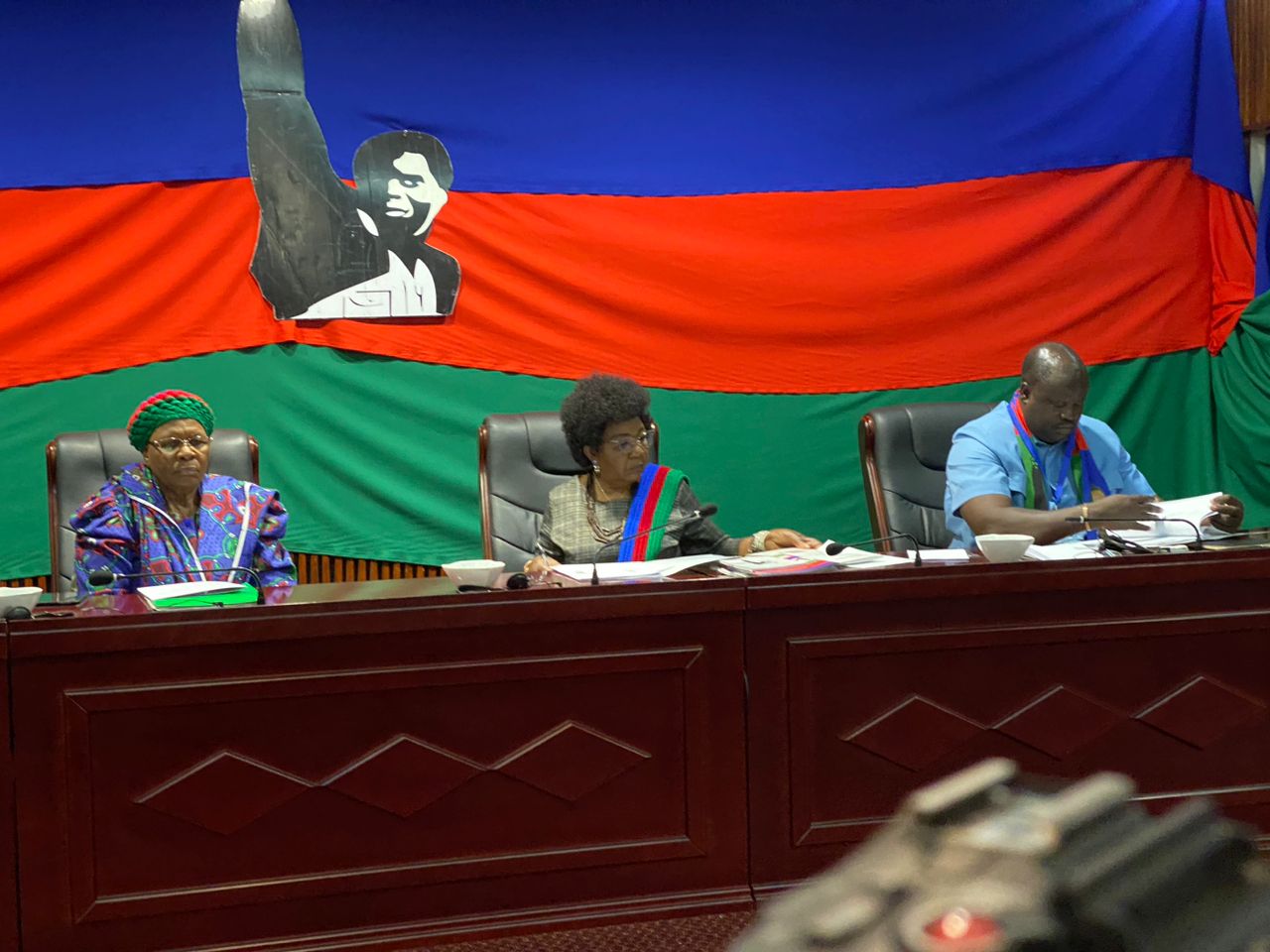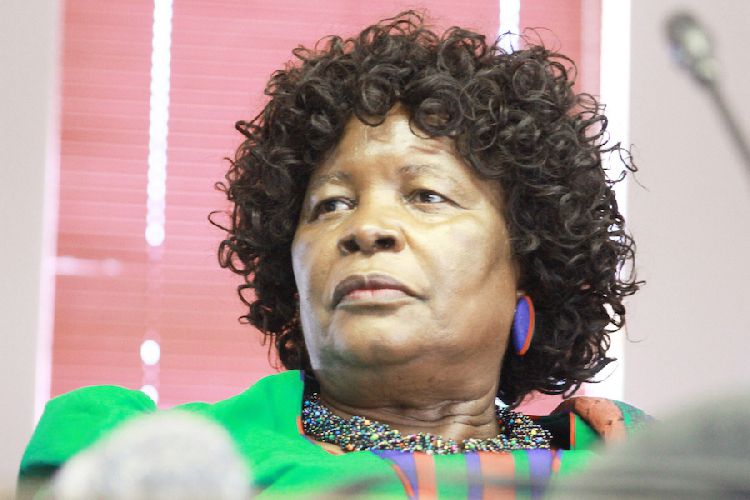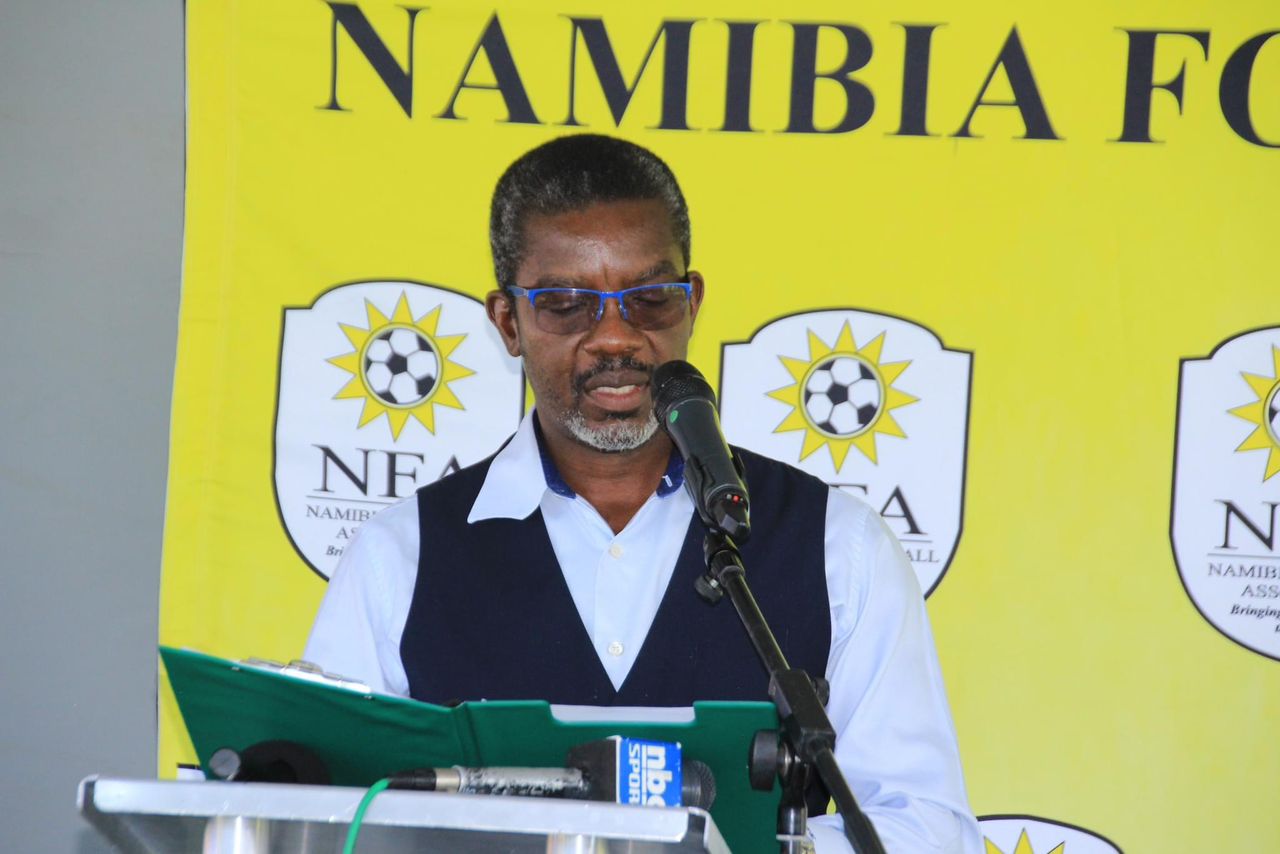The Stampriet Aquifer Uranium Mining Association (Sauma) are not convinced by the ‘sensitive’ (in-situ leaching) mining method proposed for the Stampriet basin.
This is despite d an activist stating the method is not harmful.
The method is proposed by Russian company Uranium One in the Omaheke region.
This comes after Headspring Investments, a subsidiary of Uranium One, has been searching for uranium in the region.
The issue is the type of mining proposed, a process called in-situ leaching which involves drilling boreholes, dissolving the uranium in water and then pumping the liquid back to the surface.
Concerns have been raised from critics that this method could poison the Stampriet Transboundary Aquifer System, the country’s largest water basin which expands into South Africa and Botswana.
Aminuis community activist Sam Tjiuiju says there is no proof the water will be contaminated.
Tjiuiju said this during a media conference in Windhoek yesterday.
“I was put on the list to go to Dalur mining to see this method. According to the manager there, there was nothing to say that the water would be contaminated,” he said.
OPPOSITION
Sauma critics says they are still not convinced with the mining method the Russian miner has proposed.
“In-situ leach mining in our only available water source, our visit to the mining site, however, left us with more questions than answers,” Sauma says in a statement.
“In what could be observed visibly, the mining operation is clearly a well-run operation. Our concerns are, however, not what the eye can see, but the science that happens under the surface of our soil,” the association says.
The statement says no indication was given if the water source where the uranium deposit is actively being mined is used for human consumption or agricultural purposes.
“What is clear from a bird’s eye view is that there is such an abundance of surface water that this water source is highly unlikely to be used for human consumption or agricultural purposes,” the statement reads.
Stay informed with The Namibian – your source for credible journalism. Get in-depth reporting and opinions for
only N$85 a month. Invest in journalism, invest in democracy –
Subscribe Now!






